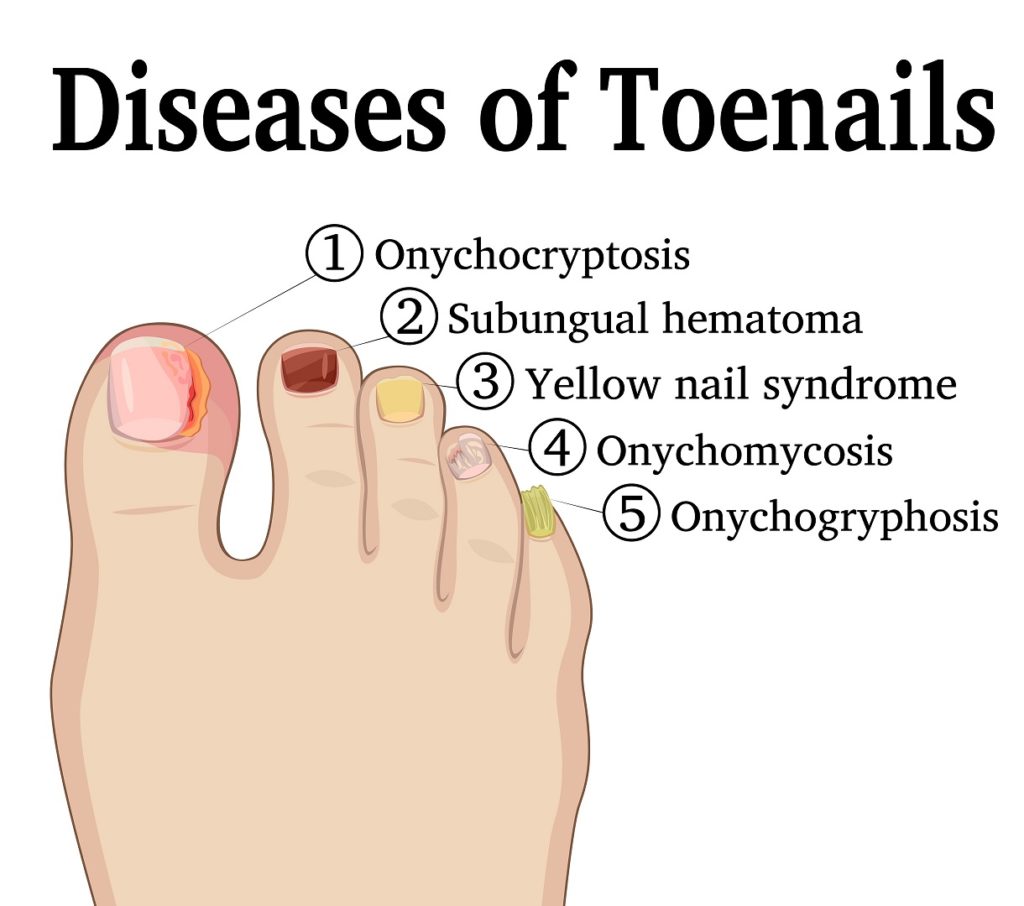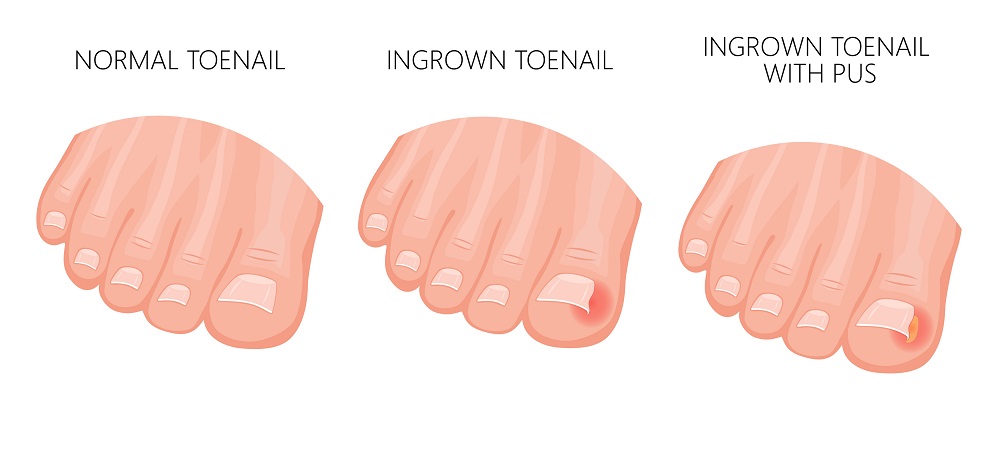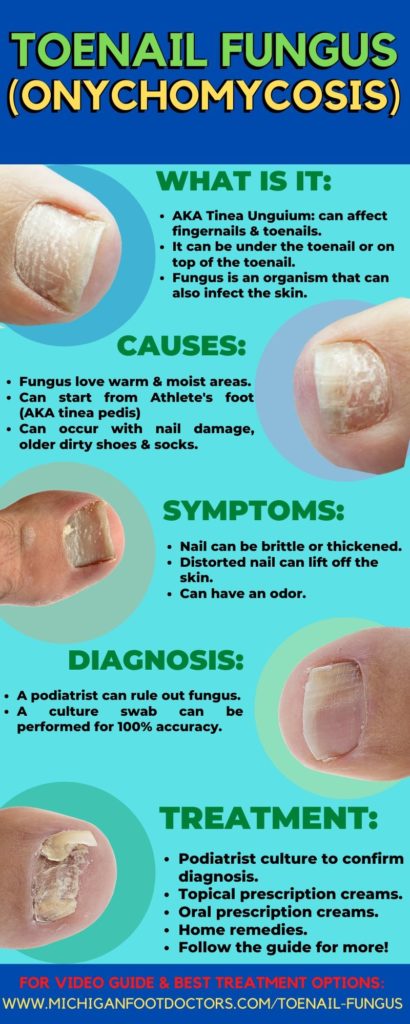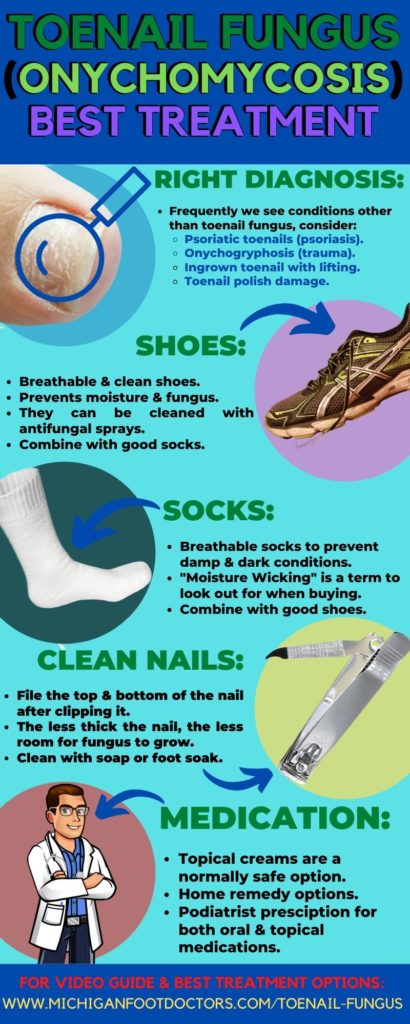Toenail Pain [Toenail Fungus, Ingrown Toenails, Discolored Toenails]
What is onychocryptosis [Symptoms, Stages & BEST treatment]
Onychocryptosis can lead to an onychocryptosis infection. We review the onychocryptosis symptoms, stages & best onychocryptosis treatment!

Table of Contents
What is onychocryptosis:
- Onych means “nail,” and “crypto” means ingrown toenails.
- This is synonymous with an ingrown toenail.
Onychocryptosis definition:
The definition of onychocryptosis is:
- Onychocryptosis means ingrown toenails, and this is synonymous with ingrown toenails.
- The onychocryptosis appearance is similar to ingrown toenails with various stages.
Is onychocryptosis contagious?
- In most cases, onychocryptosis is not contagious.
- Onychomycosis can be contagious and can cause extensive foot pain.
- This can lead to an ingrown toenail infection that can lead to pus and possible hospitalization.
Onychocryptosis stages:
The stages of onychocryptosis include:
- Normal toenail without being ingrown.
- Ingrown toenail without pain.
- Ingrown toenail with pain.
- Ingrown toenail with infection (Aka onychocryptosis infection)

Onychomycosis definition & toenail fungus:
- An ingrown toenail is also known as onychomycosis.
- Onych means “nail,” and “myco” means fungus.
- Nail fungus is often painless, but the condition can make your nails thicken and become deformed and discolored.
- The fungus is contagious and can spread to other nails and skin. It’s widespread, affecting 14% to 18% of the general population and 48% seniors.
See the causes See the long-term complications See how to relieve yourself at home.
Onychocryptosis symptoms:
Advanced cases of onychocryptosis are easy to identify through a visual assessment.
These signs are caused by the toenail growing into the skin and become infected.
Onychomycosis infection vs. Onychocryptosis infection:
Onychomycosis infection:
Initially, the tip of the nail becomes unattached. As the infection gets worse, the signs become more apparent:
- increased nail detachment
- thickening
- discoloration (white, yellow, brown, and/or black)
- brittleness (broken nails)
- debris accumulation under nails
- unpleasant odor
- skin changes on the affected foot
- Nail fungus is often painless, but patients may feel discomfort due to nail deformity (thickening, curving)
- The most frequent concern is an embarrassment. Patients with nail fungus don’t feel comfortable showing their feet in public.
Onychocryptosis infection:
An onychocryptosis infection can be very different from an onychomycosis infection. Onychocryptosis can cause extensive pain and possible hospitalization.
- One side or both sides are very sore and irritated.
- It does not have to be thickened.
- There does not have to be discoloration, but the skin can usually be very red.
- The toenail does not have to be brittle.
- There is not always debris accumulated underneath the skin.
- There is usually not odor.
- There are usually skin changes in terms of being red and sorer.
- Onychomycosis is usually painless, but onychocryptosis is usually associated with pain.

Onychocryptosis antibiotic treatment:
We always recommend calling your podiatrist if you have early signs of onychocryptosis or an ingrown toenail.
- When we treat ingrown toenails, we will usually take a swab of the tissue to ensure no infection is appreciated.
- If there is an infection, we run a test called culture and sensitivity.
- This will show us if there is an onychocryptosis infection to pursue the proper onychocryptosis antibiotic treatment.
Onychocryptosis treatment:
There are 3 stages of onychocryptosis treatment that your podiatrist can pursue with you.
Stage 1 onychocryptosis treatment: No infection.
Trimming the toenail with the possible use of local anesthetic.
- For a slightly ingrown nail (redness and pain but no pus), your doctor may carefully trim the ingrowing nail edge and cut it out with specialized instruments.
- This can be helped with local anesthesia, just like a dentist would numb a tooth. This is usually not as bad as it sounds (per the average patients’ opinion!)
- In most cases, people can get back to work or on their feet very quickly and with less pain than they came in with (Although this is not a guarantee for everyone).
- This procedure separates the nail from the overlying skin and helps the nail grow above the skin edge. At home, you may soak the toe.
Stage 2 onychocryptosis treatment: Pain or infection.
Partial Onychocryptosis toenail removal surgery.
- For a more severe ingrown toenail and onychocryptosis (redness, pain, and pus), your podiatrist may trim or remove the ingrown portion of the nail.
- During this procedure, the podiatrist will trim the onychocryptosis to the root of the toenail.
- This would be especially if there is onychocryptosis with paronychia.
Stage 3 onychocryptosis treatment: Recurrent pain or infection.
Permanent onychocryptosis removal surgery:
- If you have the same onychocryptosis ingrown toenail pain repeatedly on the same toe, your podiatrist will likely suggest a permanent ingrown toenail procedure.
- This means using medication at the root of the toenail to prevent the corner from ever growing back. Your podiatrist may use a laser or a chemical to accomplish this goal.
Toenail Fungus (Onychomycosis) Treatment & Cure Options:

Frequently Asked Questions:
Onychocryptosis surgery:
Trimming the toenail with the possible use of local anesthetic.
- For a slightly ingrown nail (redness and pain but no pus), your doctor may carefully lift the ingrowing nail edge and trim it with specialized instruments.
- This can be helped with local anesthesia, just like a dentist would numb a tooth.
- In most cases, people can get back to work or on their feet very quickly and with less pain than they came in with.
- This separates the nail from the overlying skin and helps the nail grow above the skin edge. At home, you may soak the toe.
Partial Onychocryptosis toenail removal surgery.
- For a more severe ingrown toenail and onychocryptosis (redness, pain, and pus), your podiatrist may trim or remove the ingrown portion of the nail.
- During this procedure, the podiatrist will trim the onychocryptosis to the root of the toenail.
- This would be especially if there is onychocryptosis with paronychia.
Permanent onychocryptosis removal surgery:
- If you have the same onychocryptosis ingrown toenail problem repeatedly on the same toe, your podiatrist will likely suggest a permanent ingrown toenail procedure.
- This means using medication at the root of the toenail to prevent the corner from ever growing back. Your podiatrist may use a laser or a chemical to accomplish this goal.
- onychocryptosis with paronychia.
- define onychocryptosis
- ingrown toenail onychocryptosis
- onychocryptosis ingrown nails
- onychocryptosis meaning